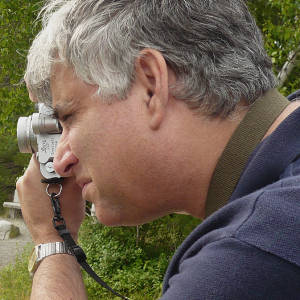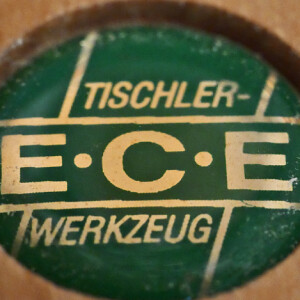Framed And Ripped. Voigtlander Color-Skopar 28mm
Having bought a beautiful board of South African Yellowwood for my latest woodworking project, I am faced with the rather daunting task of sawing it up – by hand. Back when I was in the harpsichord-making business, I had a little shop equipped with all the machinery needed to saw and dimension raw lumber. Now, in my tiny little workroom, there are no such luxuries. There was a time, of course, before woodworking machines were invented and perfected when people routinely sawed lumber by hand. They devised the tools and techniques necessary to do it efficiently. One such tool was the frame saw: a long blade with enormous, deep teeth meant for cutting wood in its length. The frame allows the sawyer to use both arms, and the weight of his entire body to push the saw through the wood.
I have a traditional Western rip saw meant for this job, just 5 teeth to the inch, and the ingenious Kataba Japanese saw which cuts on the pull stroke, but I sprang for a traditional German Frame Saw. For the Blip, it is posed sitting atop a stack of Yellowwood boards it has already devoured into strips 3 inches wide and 1 inch thick. They must now be resawn, that is, cut in half in their thickness. This is the most exacting task, since, if the saw blade wanders as it cuts, I won’t have the material I need to glue up panels of the desired thickness. But the reward for this hard work is that the two halves, when opened up like the pages of a book, will yield a symmetrical figure in the glued-up panels.
The Extra shows the little button with the maker’s mark recessed into the frame, a nice touch.
Tomorrow, I think we’ll visit some of the hand tools used in 18th Century France to dimension raw lumber, described and illustrated in Roubo’s L’Art du menuisier.


Comments
Sign in or get an account to comment.


